Which is best, cash or futures charts?
ANSWER:
This is an issue I have grappled with for 23 years, over which time I have come to realize the answer depends on the market sector. It also depends on whether your goal is a market forecast or a profitable, low-risk trade.
The oldest futures markets (those in the agricultural sector) pose the most serious “translation” problem for the futures trader. The cash market may bare little resemblance to the futures contract, making wave analysis of cash structure nearly useless for forecasting futures prices. Additionally, if you have a position and don`t liquidate your contract soon enough, you may have to take delivery of a pile of pork bellies. The new kid on the block (Forex) is very popular because of its simplicity – no expiration date, no translation issue (the contract you trade is cash based), plus it settles in cash (nothing to deliver).
If your goal is to forecast an agricultural market, I would use the nearest futures contract on all time frames. If your goal is to profitably trade an agricultural market, I would limit the time frame followed to Weekly (or smaller) and analyze the actual contract you are trading.
If your goal is to forecast metals (Gold, Silver, Copper, etc.), natural resources (Crude Oil, Gas), stock indexes (S&P, Nasdaq, etc.) or futures based currency markets, I would use the cash market on all time frames. For real-time trading and stop placement I would use the actual futures contract on Weekly (and smaller) charts and the nearest futures on a Monthly (or larger) time frame.
If you trade Forex, the market you are trading is cash based and there is no futures contract, so all analysis and trading is done using cash on all time frames.

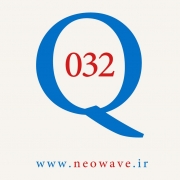
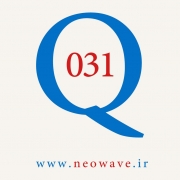

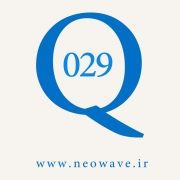
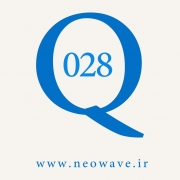
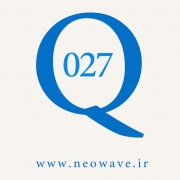
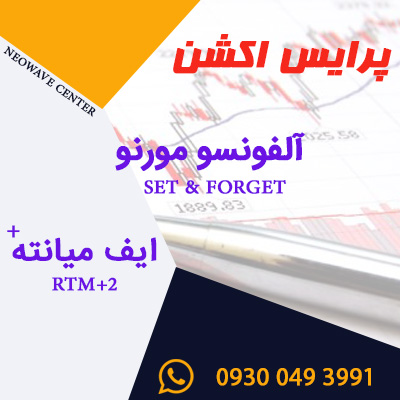
آخرین دیدگاهها